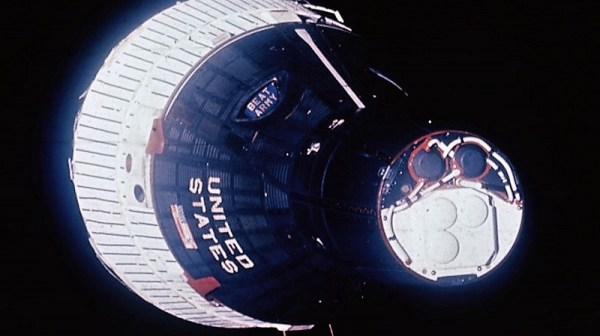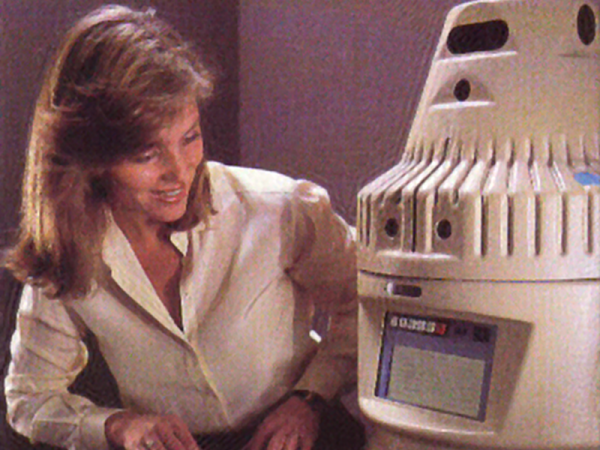The Teenage Engineering badging usually appears on some cool gear that almost always costs a great deal of money. One such example is the Rabbit R1, an AI-powered personal assistant that retails for $199. It was also revealed that it’s basically a small device running a simple Android app. That raises the question — could build your own dupe for $20? That’s what [Thomas the Maker] did.
Meet Rappit. It’s basically [Thomas]’s take on an AI friend that doesn’t break the bank. It runs on a Raspberry Pi Zero 2W, which has the benefit of integrated wireless connectivity on board. It’s powered by rechargeable AA batteries or a USB power bank to keep things simple. [Thomas] then wrapped it all up in a cute 3D printed enclosure to give it some charm.
It’s software that makes the Rappit what it is. Rather than including a screen, microphone, or speakers on the device itself, [Thomas] interacts with the Pi-based device via smartphone. It makes it a less convincing dupe of the self-contained Rabbit R1, but the basic concept is the same. [Thomas] can make queries of the Rappit via a simple Android or iOS app he created called “Comfyspace,” and the Rappit responds with the aid of Google’s Gemini AI.
If you’re really trying to duplicate the trend of AI assistants, you really need standalone hardware. To that end, the Rappit design could really benefit from a screen, microphone, speaker, and speech synth. Honestly, though, that would only take you a few hours extra work compared to what [Thomas] has already done here. As it is, [Thomas] could simply throw away the Raspberry Pi and just use the smartphone with Gemini directly, right? But he chose this route of using the smartphone as an interface to keep costs down by minimizing hardware outlay.
If you want a real Rabbit R1, you can order one here. We’ve discussed controversy around the device before, too. Video after the break.
Continue reading “DIY Rabbit R1 Clone Could Be Neat With More Hardware”





















